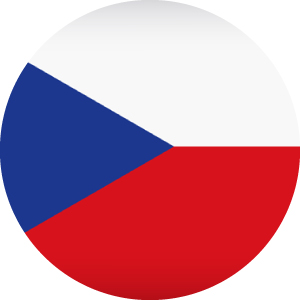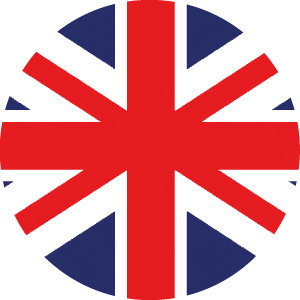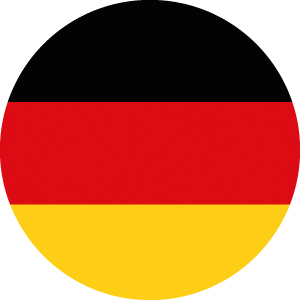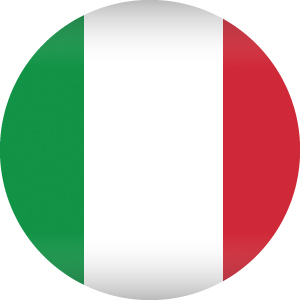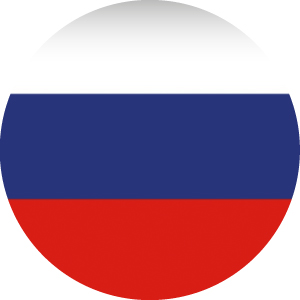
Špilberk in the hands of an army
The Austro-Hungarian army was stationed at Špilberk in the years 1858-1918. Two supplementary battalions of field hunters No. 17 and 25 were also stationed here and briefly also the 2nd Battalion of the 8th Infantry Regiment of Archduke Charles Stephen. The Czechoslovak Army used Špilberk twice. The first time was between 1918 and 1939, when the 3rd Reserve Battalion of the 43rd Infantry Regiment was stationed here, and for some time also the 7th Battery of the 6th Artillery Regiment. It was the seat of the military prosecutor, the brigade and divisional court, as well as the military prison. The second time was between the years 1945-1960. The German army (Wehrmacht) seized Špilberk in March 1939. These were 400 men of the 1st and 2nd companies of the 132nd Infantry Regiment. It is not known which unit used the barracks after 1941.
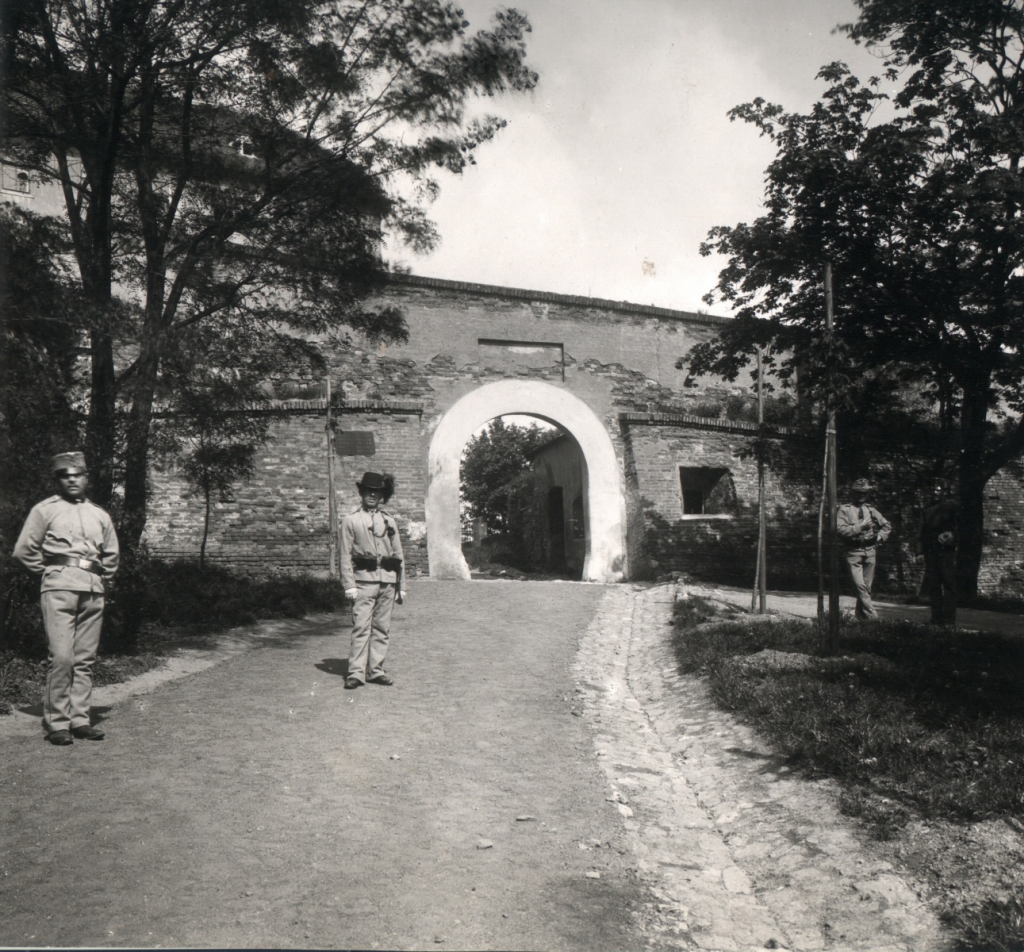
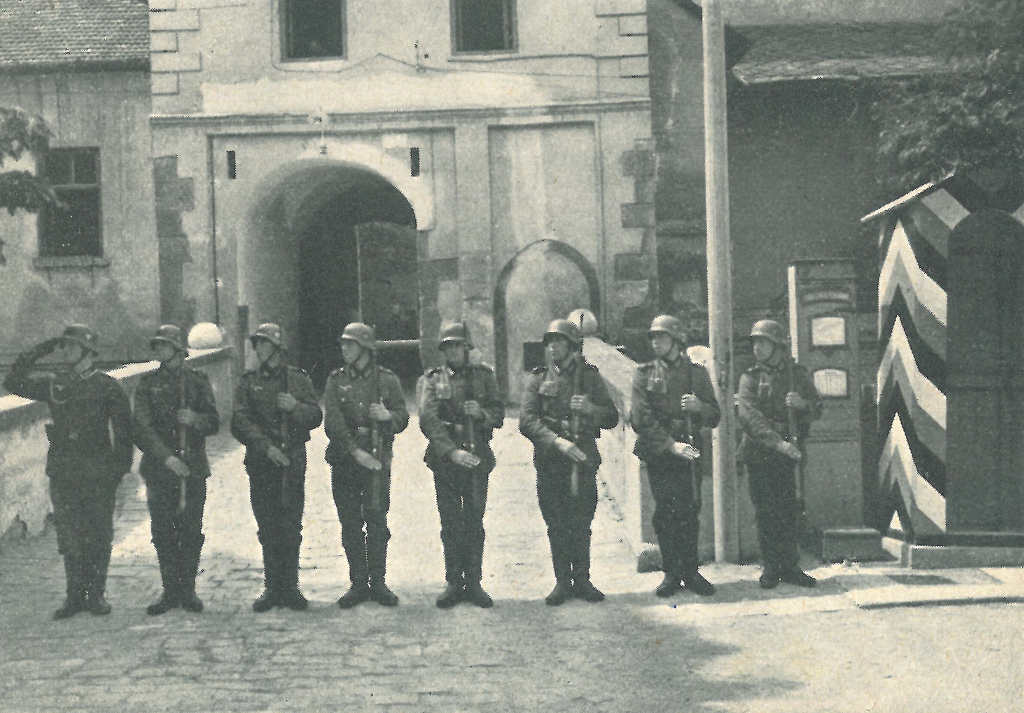
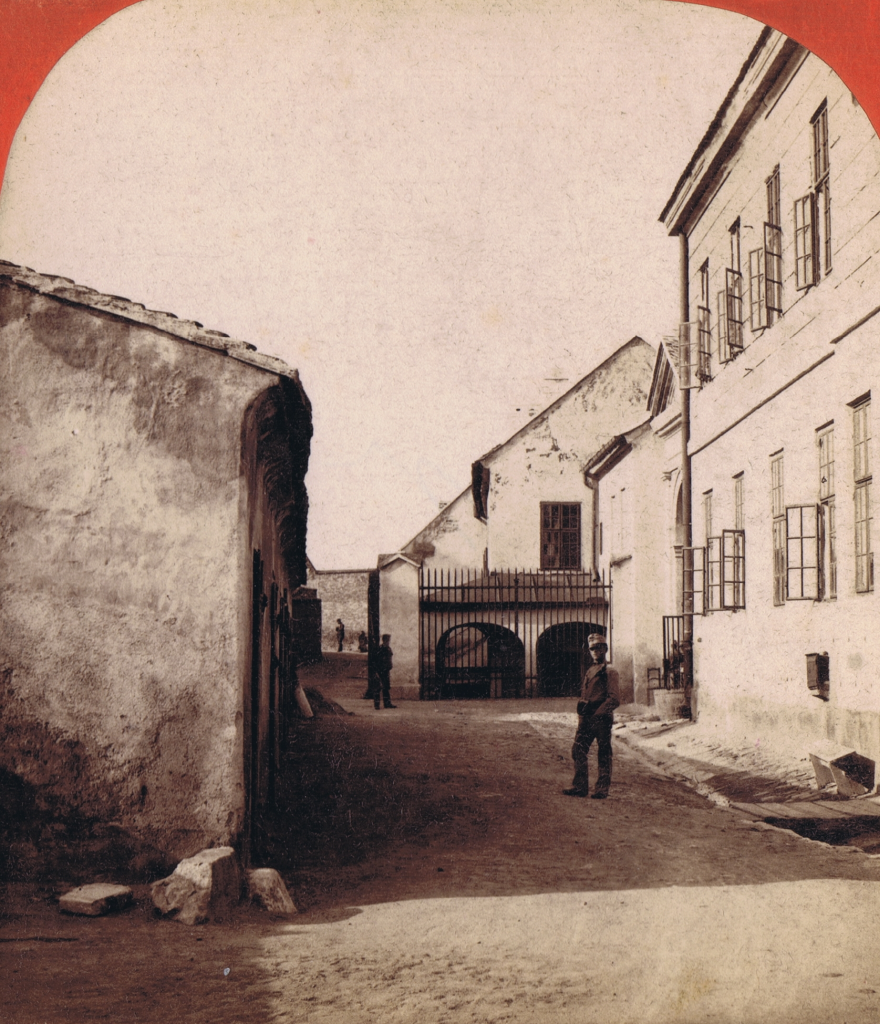
Reconstruction of Špilberk for the purposes of the Wehrmacht (1939-1941)
New buildings: The so-called Adlerhorst (Eagle's Nest) above the southwestern bastion, Wall painting by Hans Plennert, Tile stove by ANGERMAYER, Cannon bastion (southern bastion), The so-called Schwalbennest (Swallow's Nest) above the southeastern wing, entrance from Husova Street and the gate by the current Bistro Babinský, The so-called Mäuseturm (Mouse Tower) above the northwestern bastion, Covered entrances to the lookout tower and to the southern wing in the small courtyard, Signs in the great courtyard above the entrances to the castle, Well closure with a forged grille, Granite staircase in the castle. Reconstructions: Administrative building, the men's mess hall and kitchen on the ground floor (now offices and headquarters of the Brno City Museum), the Holy Trinity Chapel (Feuerraum - Ceremonial Hall), the Imperial Eagle - by Josef Heisse, Non-commissioned Officers' dining room (now a restaurant) on the ground floor of the outer eastern wing, Wood carvings - by Hans Friedrich Wacha, Soldiers' quarters in the castle (now an exposition and exhibition), tile stove by SUMMA preserved in several rooms, Demolished in 1939-1941: The Well House (which stood in the great courtyard), The so-called Walldorf chapel (which stood next to today's Bistro Babinský).
Stavby zbořené v letech 1939–1941: Studniční domek (stál na velkém nádvoří), tzv. Walldorfská kaple (stála vedle dnešního Bistra Babinský).
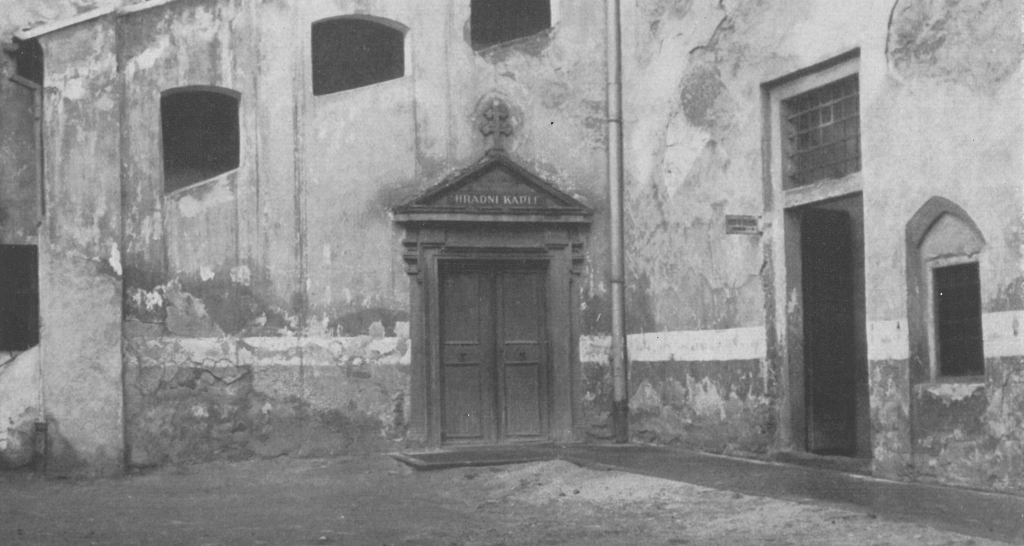
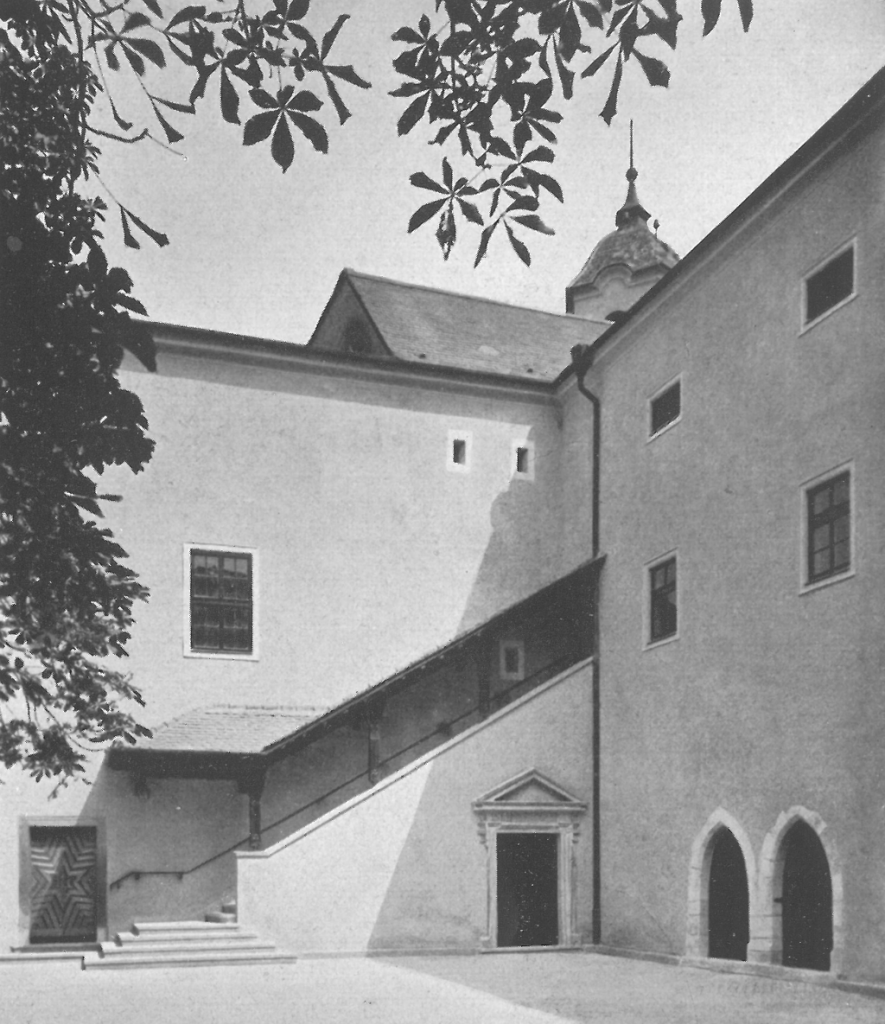
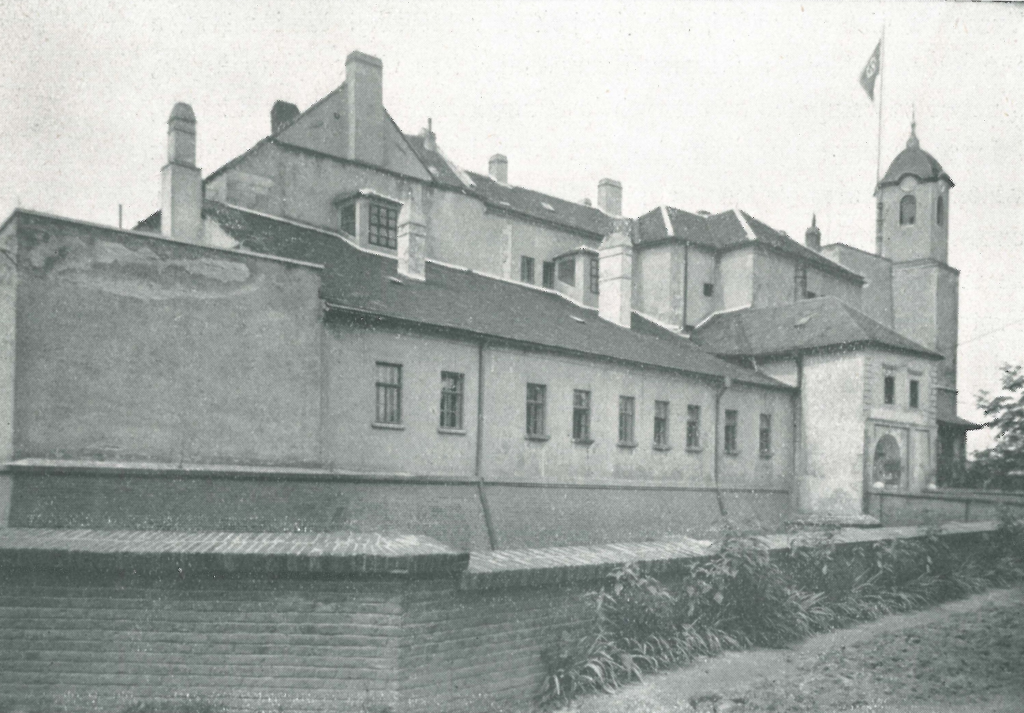
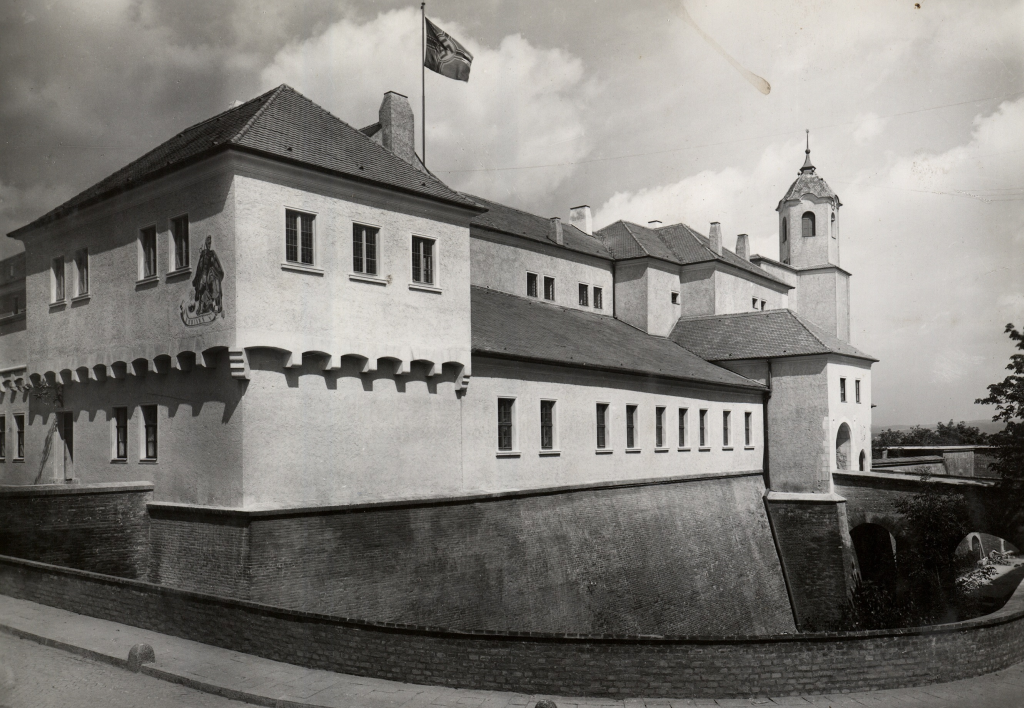
The German army placed Nazi symbols in several places (including the entrance gate) but all but one were removed.
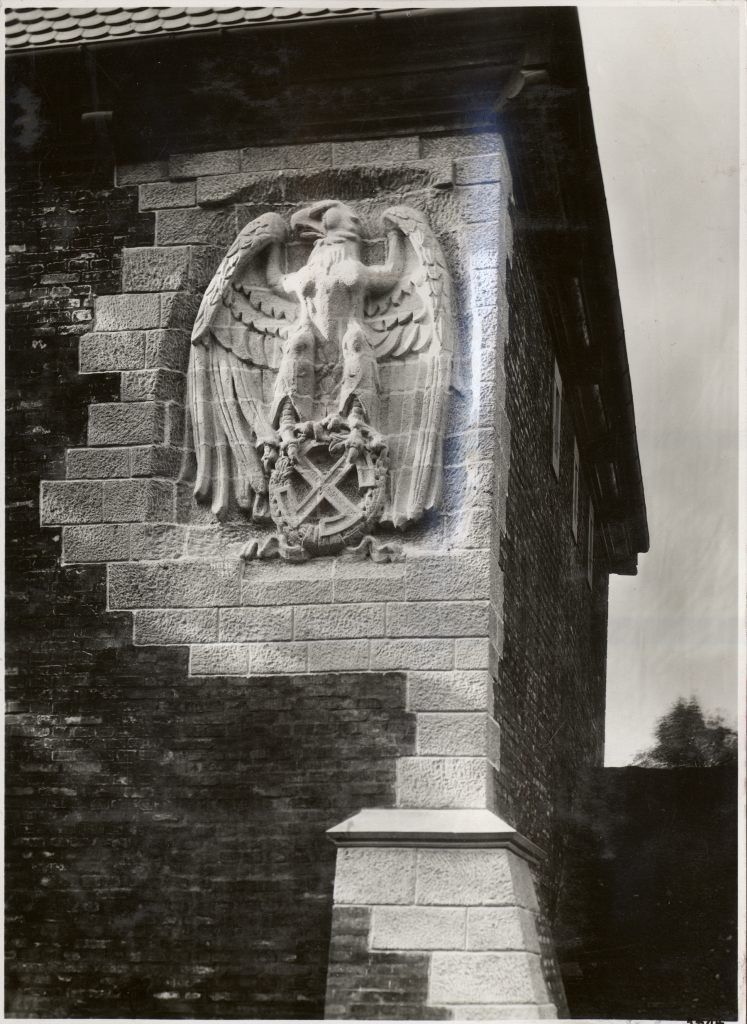
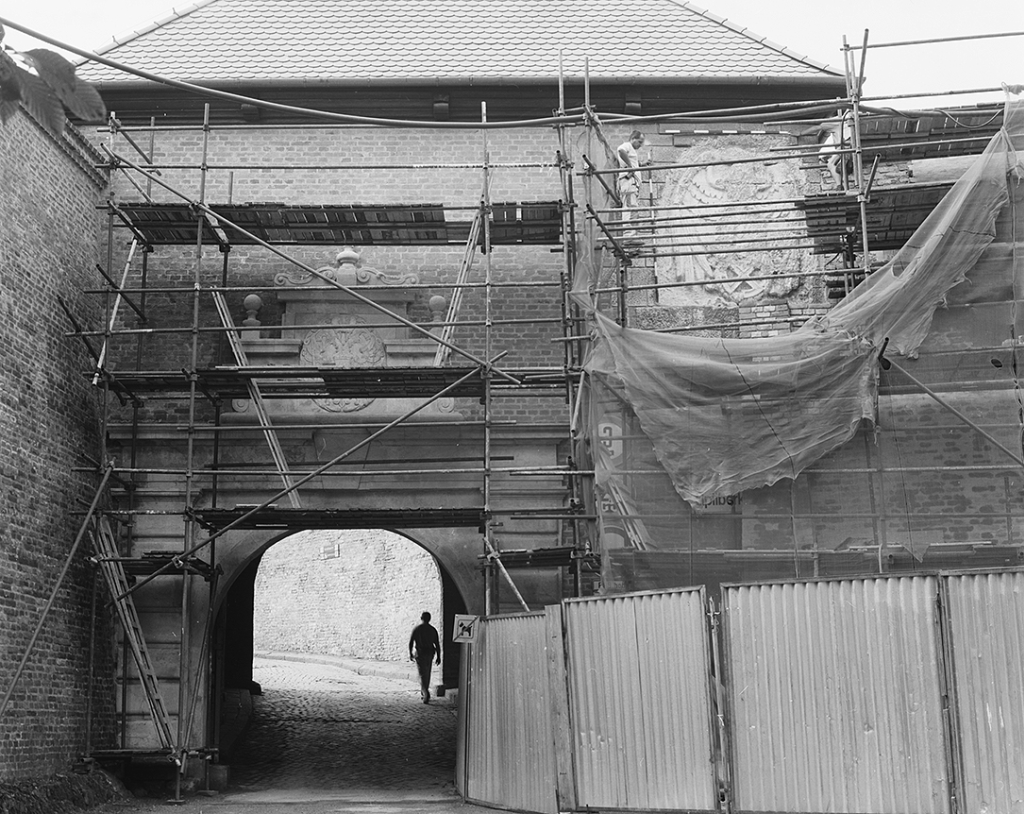
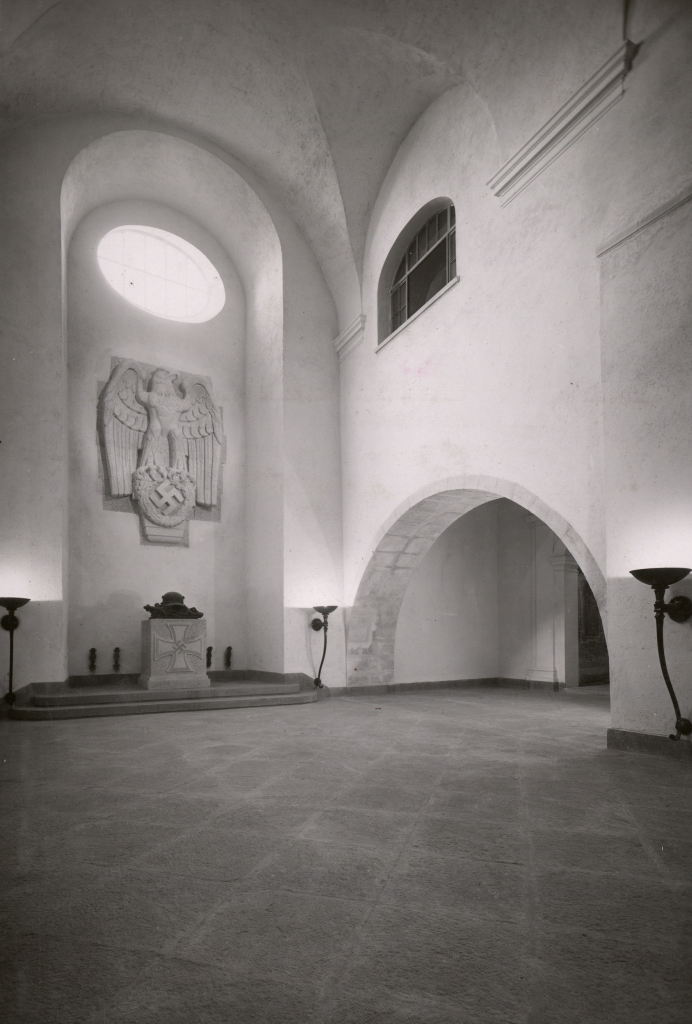
The Holy Trinity Chapel is the only place in the castle where Nazi symbols have been preserved.

